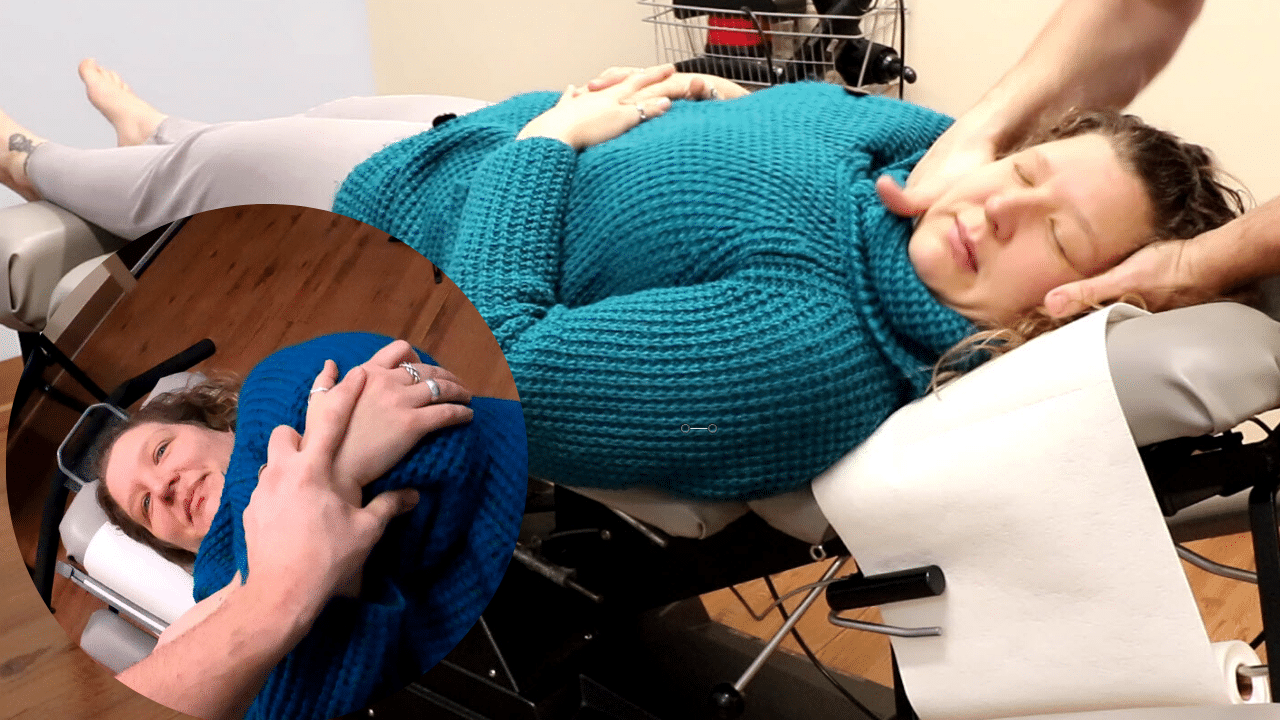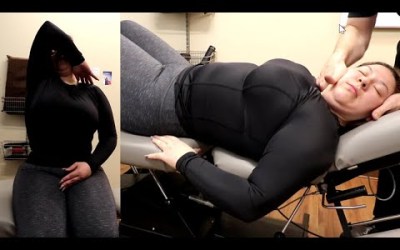
The Ultimate Guide to Understanding Golfers Elbow
What the Best Golfer’s Elbow Treatment in Mill Creek Really Looks Like
In 2019, 34.2 million Americans played golf on courses or at driving ranges. That’s more than 10% of the U.S. population.
Golf is a low-impact sport that people of all ages can enjoy, from children to young adults to Baby Boomers. Plus, a golf course is a beautiful place to spend an afternoon.
It’s no wonder why the game is so popular. But, that doesn’t mean injuries aren’t possible.
If you’re having inner elbow pain, you might have golfer’s elbow. Read on to learn more about this injury and what golfer’s elbow treatment looks like.
What is Golfer’s Elbow?
Golfer’s elbow, which is also called medial epicondylitis, is a type of tendonitis. It affects the inside of your elbow, specifically the bony bump where your tendons attach to the muscles in your forearm.
It’s an overuse injury that can happen when you grasp, lift, stretch, or twist your arm. It’s called golfer’s elbow because you use all of these motions when you grip a golf club.
Despite the name, you could get this injury from activity that uses your arms or wrists. That includes chopping vegetables, weightlifting, rock climbing, painting, or even typing on a computer.
Symptoms of Golfer’s Elbow
Depending on your activity levels or golfing habits, medial epicondylitis symptoms can come on suddenly or build slowly over time. The symptoms can be mild or very severe.
The most common symptom is aching or burning pain in your inner elbow. The pain might also travel down your forearm muscle.
Stiffness in your elbow and trouble straightening your arm or making a fist are also common symptoms. You might also notice weakness in your hand or wrist.
In some cases, you might even notice numbness or tingling in your ring or pinky finger.
Golfer’s Elbow Treatment with KT Tape
Before your treatment, your doctor may perform a golfer’s elbow test to determine the diagnosis. He or she will have you make a fist and then they’ll rotate your wrist and extend your arm to check for pain or stiffness.
If you do have inner elbow pain, one treatment option is to use KT or kinesiology tape. It’s a type of stretchy therapeutic tape that can decrease your pain, ease muscle spasms, and reduce swelling.
Your chiropractor or physical therapist will apply the tape as part of an in-office treatment. They’ll cut the KT tape into a Y shape and apply it to your elbow and forearm. KT tape can be part of an ongoing treatment plan or as a standalone pain solution.
Chiropractic for Golfer’s Elbow
Another great treatment method for inner elbow and forearm pain is a chiropractic adjustment. Rather than simply fixing the pain, chiropractic care will address the cause of the injury, such as an alignment issue in your wrist, shoulder, or elbow.
Once your chiropractor has diagnosed you with golfer’s elbow, they’ll decide which technique is right for you.
Depending on the extent of your elbow pain, you may need to return for more chiropractic treatments. Chiropractic care will promote healing and pain relief that can ease your golfer’s elbow symptoms.
Start a Treatment Plan Today
If you have inner elbow pain, you might be suffering from golfer’s elbow. Luckily you don’t have to put away your clubs. With the right golfer’s elbow treatment, you’ll be back on the course before you know it.
At Amazing Life Chiropractic and Wellness, we’re dedicated to your health and wellness. Call us at (425) 737-5343 or schedule your appointment below with the most trusted and proven chiropractor in Mill Creek.





